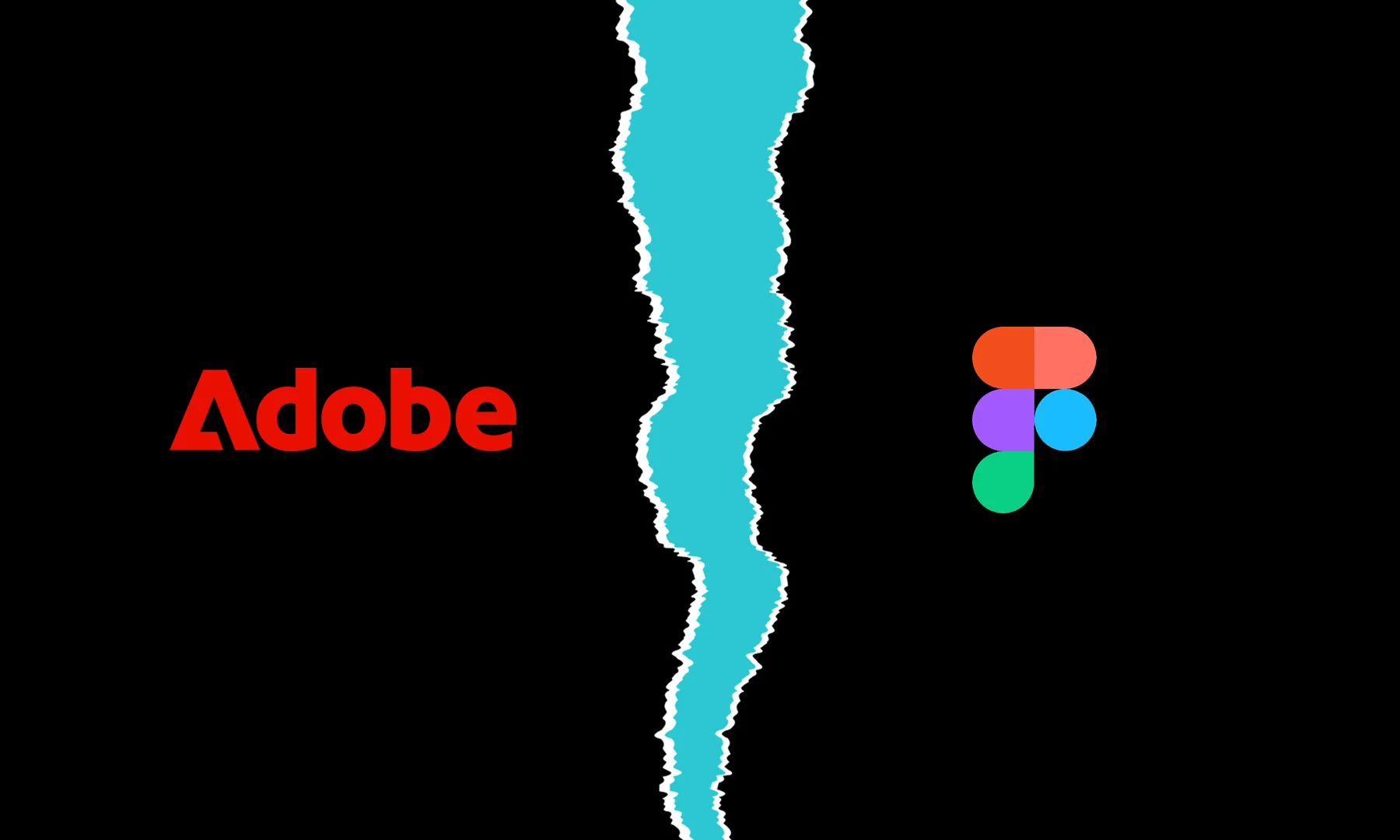Figma AI tools are redefining how we approach creativity, collaboration, and efficiency in digital design. As artificial intelligence continues to influence the tools we use, Figma’s thoughtful and user-centered strategy stands out.
In this post, we’ll explore how Figma’s AI tools work, what makes them different, and why they represent a model for responsible innovation in design software.
What Are Figma AI Tools?
These new features, powered by AI, are designed to enhance the design process—not replace it. Integrated directly into the canvas, Figma AI tools allow users to generate content, explore layout alternatives, and improve copy—all without disrupting their flow.
Rather than overwhelming users with complex options, the tools are designed to feel intuitive. As a result, designers stay focused and creative.
Built for Designers First
Unlike many other platforms that implement AI as an afterthought, Figma approached the challenge differently. They started with a core question:
How can AI improve the way designers work—without taking over the process?
This mindset led to tools that are lightweight, contextual, and supportive. For example, you can use AI to explore quick layout variations or draft placeholder content, but you remain fully in charge of the final result.
In addition, the interface keeps you in your flow. No need to switch tabs or tools—everything happens within the design environment you already know.
A Creative Partner, Not a Creative Replacement
Figma AI tools act more like a creative partner than an automated machine. While many fear AI will “replace” designers, Figma has made it clear: the human is still in control.
You receive suggestions, not commands. You get options, not decisions.
For example:
-
AI can help you speed up wireframes, but you decide the structure.
-
It can draft content ideas, but your voice and tone remain intact.
-
It can generate variations, but you choose what to keep.
As a result, designers save time on repetitive work and gain more space to focus on ideas, storytelling, and refinement.
Transparent and Ethical by Design
Another thing that sets Figma apart is its clear commitment to ethical AI use. In their official AI approach, they outline exactly which models are used and how user data is handled.
Moreover, they emphasize transparency at every step. Unlike some AI tools that operate as black boxes, Figma openly communicates what’s happening under the hood.
This responsible approach builds trust—and in an age where AI is often met with skepticism, that’s a big deal.
Why Figma AI Tools Matter
For busy product teams and solo designers alike, the value of AI is in saving time without sacrificing quality. Figma AI tools make it easier to test ideas, move faster, and iterate with confidence.
In contrast to tools that promise “magic” but deliver chaos, Figma gives you something better: control, clarity, and efficiency.
By making creative work smoother—not shallower—they’ve managed to strike a rare balance between innovation and practicality.
Final Thoughts
Figma’s AI tools are more than a product update—they’re a statement. They reflect a belief that AI should enhance human creativity, not compete with it.
If you’re looking to work faster, think broader, and still stay true to your creative voice, Figma AI tools are worth exploring.









